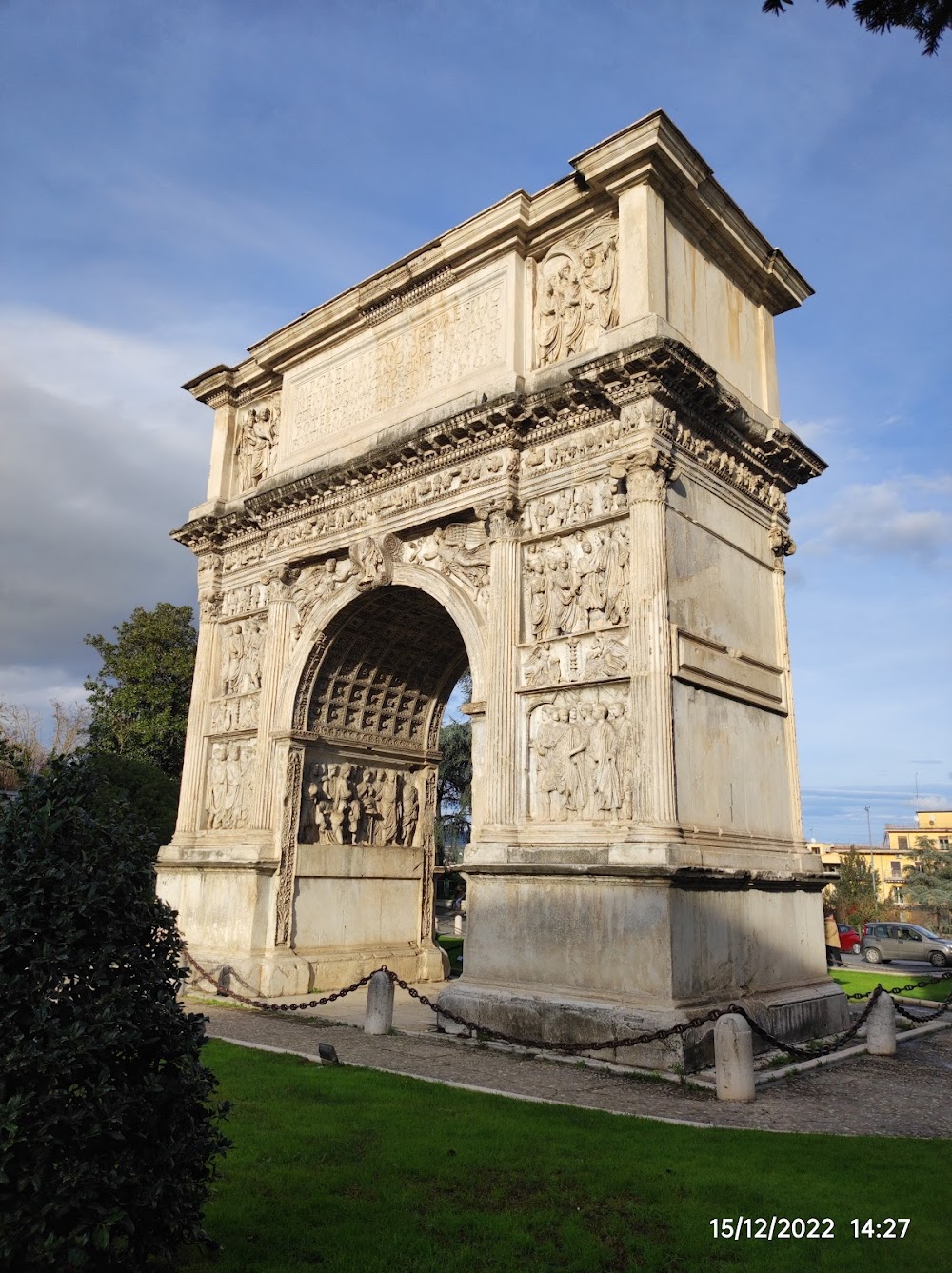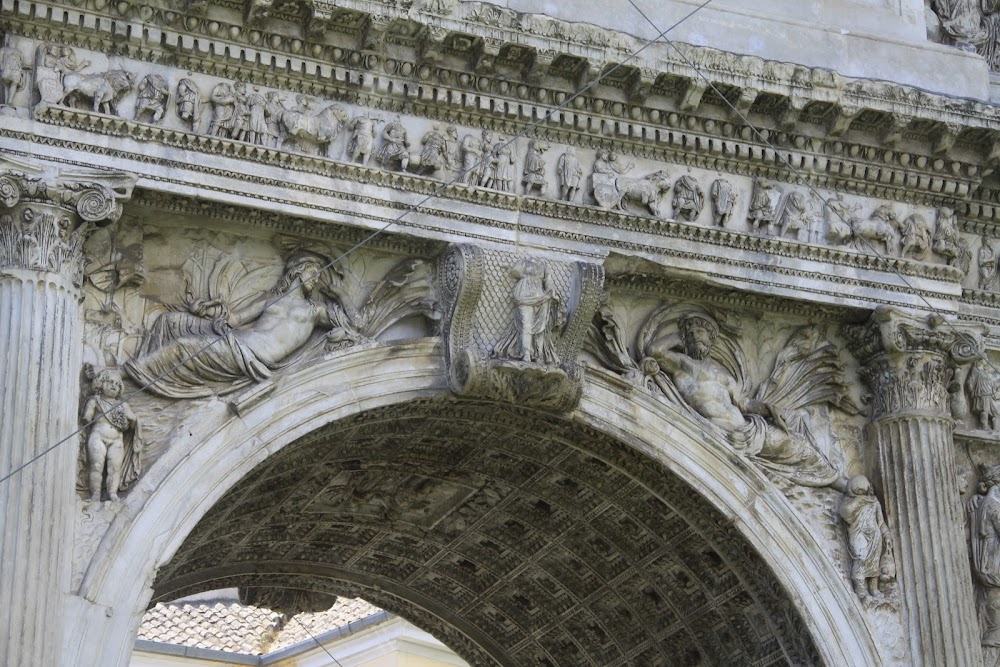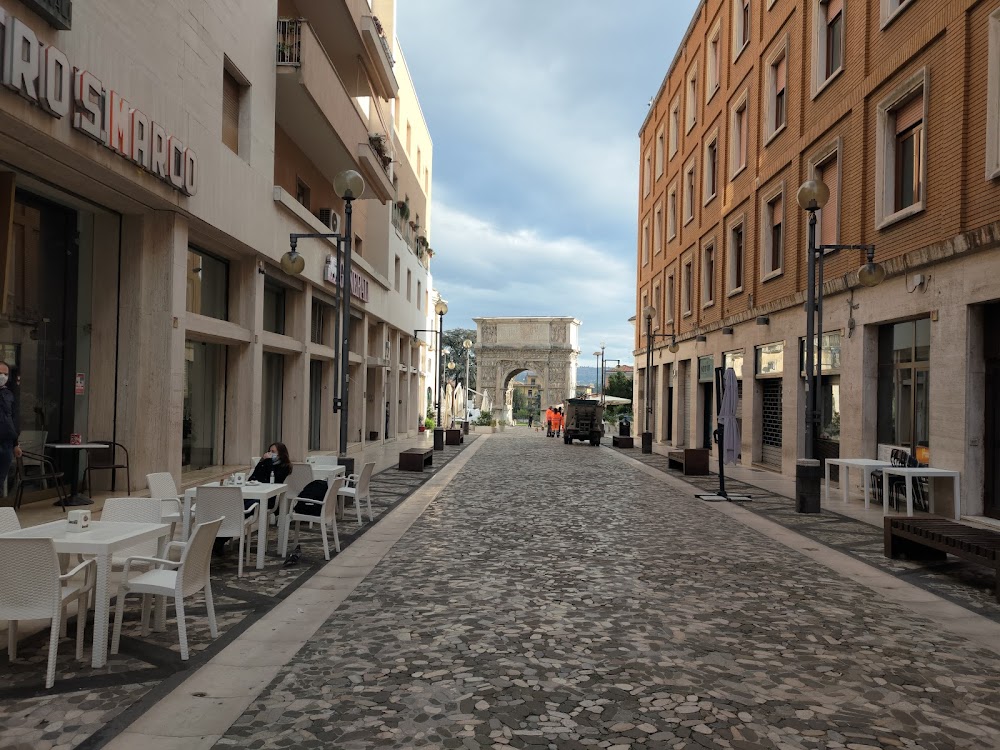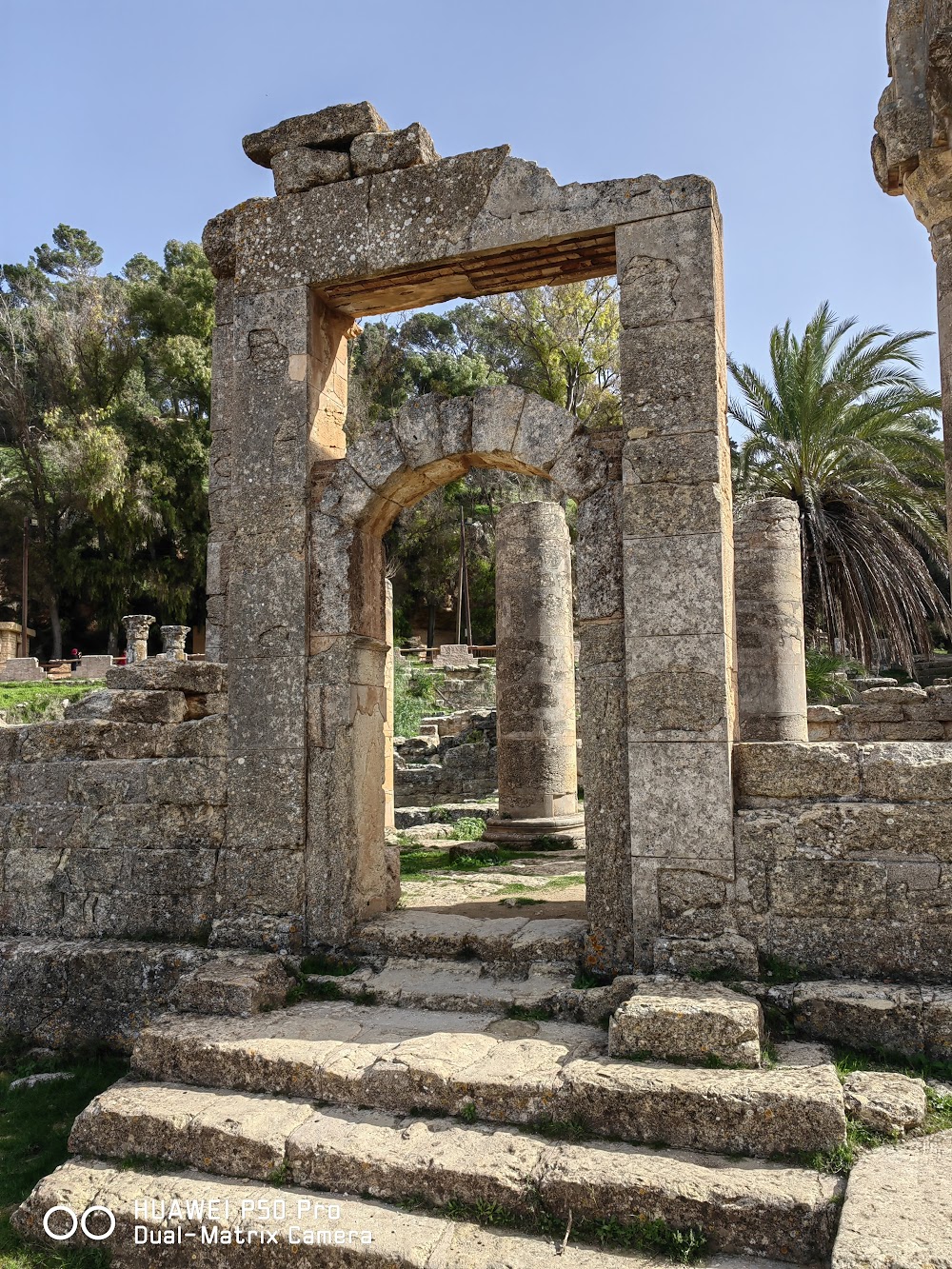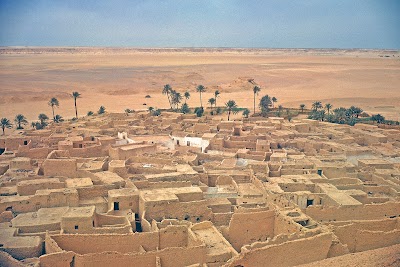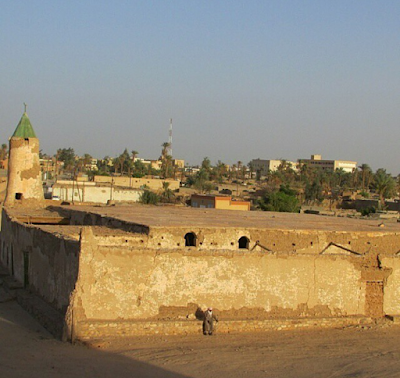Arch of Trajan (قوس تراجان)
Related Places
Overview
The Arch of Trajan in the Al Wahat District of Libya is an awe-inspiring ancient Roman triumphal arch that stands as a remarkable testament to the architectural and historical legacy of the Roman Empire in North Africa. Erected to honor Emperor Trajan, this magnificent structure symbolized Roman imperial power while also serving as a crucial marker within the city.
Constructed during the reign of Emperor Trajan from 98 AD to 117 AD, the arch was completed around the early 2nd century AD. It was designed to celebrate Trajan's successful military campaigns and his significant contributions to the expansion of the Roman Empire, including the annexation of the Nabataean Kingdom, which encompasses parts of modern-day Libya.
The arch is crafted from local limestone, a material readily available in the region. Skilled Roman architects and laborers meticulously carved and assembled the stone, enriching the structure with intricate details and ornate decorations that have withstood the test of time. This construction exemplifies the advanced engineering and artistic prowess of the Romans, who were famous for their monumental architecture.
Rising to an impressive height, the arch features a central passageway flanked by two smaller side passageways, creating a grand and imposing silhouette. Its façade is adorned with reliefs and carvings that depict scenes of Trajan's victories alongside symbolic and mythological figures. The exquisite stonework showcases a high level of craftsmanship and serves as a narrative through art, a hallmark of Roman public monuments.
On either side of the arch, inscriptions in Latin praise Emperor Trajan and his accomplishments, providing valuable historical insights into his era and the significance of his rule. The presence of Latin script exemplifies the spread of Roman culture and language throughout their vast empire.
The strategic location of the Arch of Trajan was intentional; it stands at a prominent crossroads within the city, serving as a gateway and a convergence point for vital routes. This placement reinforced its role as a symbol of Roman authority and a reminder of the empire's extensive influence.
Throughout the centuries, the arch has witnessed the rise and fall of various civilizations, surviving periods of neglect, natural wear and tear, and the passage of time. Remarkably intact, it stands as a silent yet eloquent witness to a bygone era. Efforts have been made to preserve and restore the arch, ensuring its historical and cultural significance remains intact for future generations.
Today, the Arch of Trajan serves as an important historical landmark in Libya, attracting scholars and tourists alike. It offers a tangible connection to the ancient world and vividly illustrates the Roman Empire's footprint in North Africa. Visitors can appreciate not only the architectural beauty of the arch but also delve into the rich history it embodies, learning about the Roman legacy and its lasting impact on the region.
In summary, the Arch of Trajan in the Al Wahat District of Libya is much more than an ancient structure; it symbolizes imperial power, architectural ingenuity, and the enduring legacy of one of history's greatest empires. Through its majestic presence and intricate details, the arch continues to narrate the story of Emperor Trajan's achievements and the vast reach of Roman civilization.


